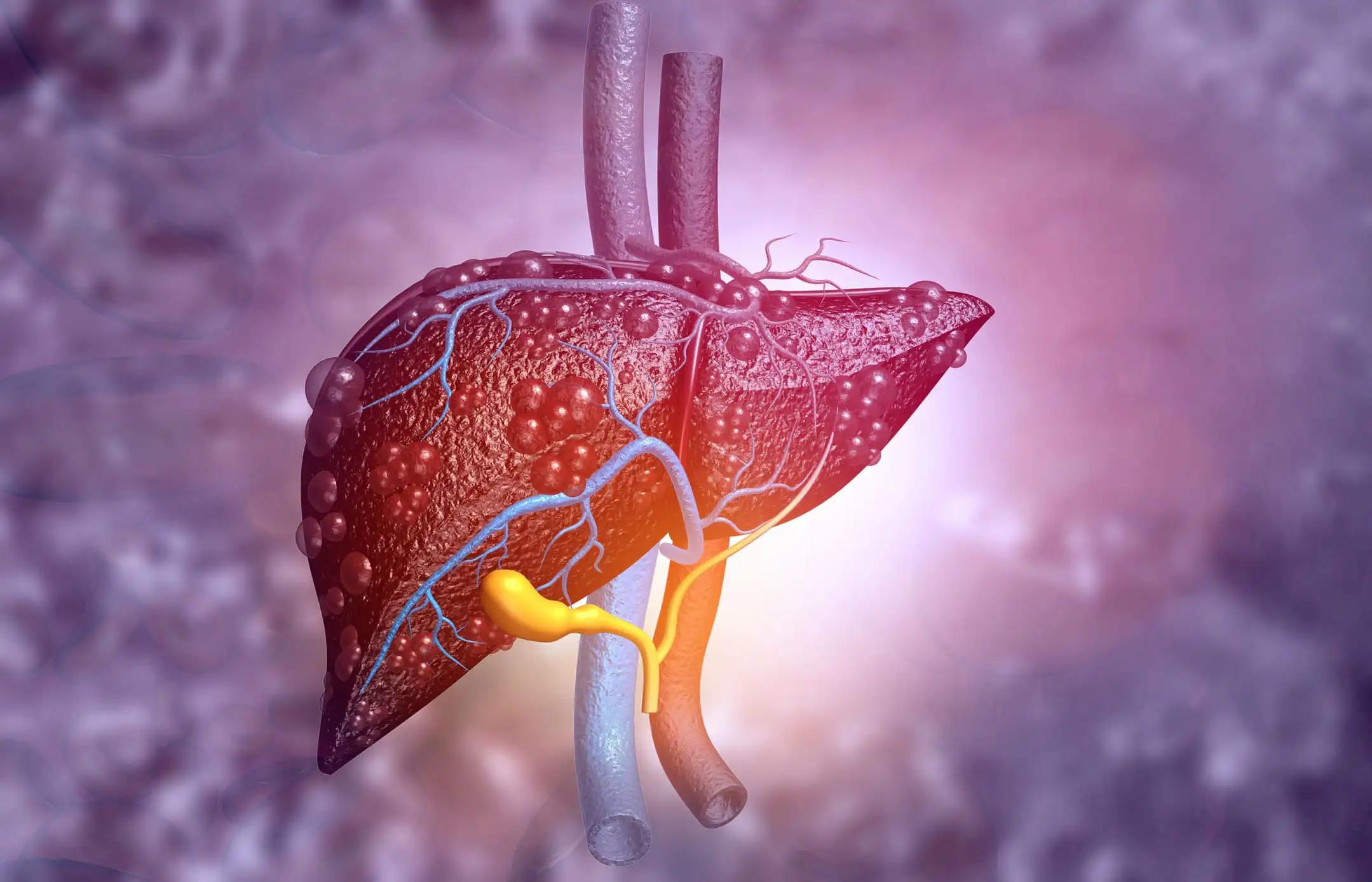KEY TAKEAWAYS
- The study aimed to investigate the trends, risk factors, and outcomes of liver cancer in the US from 1990 to 2019.
- The study found a significant rise in U.S. liver cancer, driven by preventable factors, needing urgent public health action.
Liver cancer represents a significant public health concern, often developing in the context of cirrhosis. Despite evolving epidemiological patterns of liver cancer in recent decades, national data for guiding resource allocation and prevention strategies remain limited.
Omar Al Ta’ani and the team sought to examine current trends, risk factors, and outcomes associated with liver cancer in the US. Researchers utilized the Global Burden of Disease (GBD) dataset to gather information on annual incident cases, mortality, Disability-Adjusted Life Years (DALYs), age-standardized incidence rates (ASIR), age-standardized death rates, and age-standardized DALY rates for primary liver cancer, including its causes and risk factors, between 1990 and 2019.
Temporal analysis involved calculating percentage changes in incident cases, DALYs, and deaths, as well as the estimated annual percentage change (EAPC) in ASIR and death rates for liver cancer. EAPCs were calculated using linear regression. Pearson correlation analyses were employed to evaluate correlations between EAPC and the socio-demographic index (SDI).
A striking increase in the ASIR of liver cancer was observed, rising from 2.22 (95% CI: 2.15-2.27) per 100,000 individuals in 1990 to 5.23 (95% CI: 4.28-6.29) per 100,000 individuals in 2019, representing a 135.4% increase. Hepatitis C, followed by alcohol consumption, were identified as the primary contributors to this surge.
Notably, the ASIR and age-standardized death rates of liver cancer exhibited a significant average annual increase of 3.0% (95% CI: 2.7-3.2) and 2.6% (95% CI: 2.5-2.8), respectively. A significant negative correlation was found between the SDI and the EAPC in both ASIR (ρ = -0.40, P= 0.004) and age-standardized death rates (ρ = -0.46, P< 0.001).
In 2019, drug and alcohol use, along with elevated body mass index (BMI), emerged as the leading risk factors for age-standardized DALY rates attributed to liver cancer.
The escalating burden of liver cancer in the U.S. underscored the pressing need for effective interventions. This urgency was amplified by the fact that modifiable risk factors, including drug and alcohol use and elevated BMI, heavily influenced liver cancer development.
These findings emphasized the critical need for public health interventions that target socioeconomic factors, lifestyle choices, and modifiable risk factors to mitigate the growing burden of liver cancer.
No funding was obtained for this manuscript.
Source: https://pubmed.ncbi.nlm.nih.gov/39232707/
Al Ta’ani O, Al-Ajlouni Y, Jagdish B, et al. (2024). “Examining the evolving landscape of liver cancer burden in the United States from 1990 to 2019.” BMC Cancer. 2024;24(1):1098. Published 2024 Sep 4. doi:10.1186/s12885-024-12869-4



